Andrew Hooker is the future vehicles engineer at Thatcham Research, the motor insurers’ automotive safety, security and repair research centre. He believes this increase in vehicle complexity carries a danger that repair technicians will not be able to keep up with the skills required to return vehicles to OEM safety and appearance levels. He writes here exclusively for AM:
Rapidly changing consumer demands, emissions legislation and safety requirements are driving an incredible change in automotive technology and production techniques.
2014 will see Euro 6 emissions legislation come into effect, as well as the incorporation of Autonomous Emergency Braking (AEB) into the requirements for a EuroNCAP five star safety rating.
To meet the challenges posed by these directives, the latest vehicle designs feature increasing complexity and a diversification of material content to reduce kerb weight while maintaining strength, and manufacturers are engaged in a safety technology arms-race that is causing a proliferation of crash preventative electronic equipment.
This rapid progress presents a significant challenge when it comes to repairing a damaged model.
At Thatcham Research we are already seeing the effects of this progress in our damageability and repairability testing for the automotive insurance industry’s group ratings.
We have inspected one model, due for launch in 2014, which features a remarkable 53 different materials in the bodywork in addition to a full 360 degree sensory suite for lane assist and departure warning systems, AEB, reverse parking sensors and more. The materials included are not just a variety of high strength steels, but a mixture that includes different grades of aluminium, reinforced fibre, plastics and compound materials.
That variety presents an even greater number of combinations for bonding or welding panels into place.
By way of example, a new technique called laser screw welding has just been brought to our laboratory. While it allows for much closer welds than previous techniques, that kind of equipment is simply not available to repairers.
Another example (although this is a US model) has aluminium skin that is wrapped around a steel door frame and double glued to prevent corrosion, which makes a door skin panel removal impossible. In this case a repairer would be forced to replace entire sections of the car.
In either case, the opportunity to keep the customer happy is diminished by increased repair times, and more importantly bigger costs at the end.
While these are extreme cases that may be prohibitive of a repair, there is still a requirement for repairers to keep up to date with best-practice guidance so they can minimise the effects on their customers.
Thatcham continually evaluates the manufacturer’s own repair instructions, and suggests alterations where suitable to help the repair industry meet its requirements, but a perfect solution is not always available, and even in cases where a repair is possible locally, there may still be an additional requirement for new tooling.
The second aspect is the proliferation of advanced sensory technologies, many of which feature electrical components situated in the bodywork. AEB systems employ radar, camera or lidar (laser ranging) sensors to detect hazards, parking sensors have become common place, and an increasing number of vehicles are featuring reversing cameras, lane departure sensors and night vision cameras.
The danger of not understanding them fully goes beyond customer satisfaction and becomes a safety issue; a bad repair could cause vital safety technology not to function properly, and if that causes a crash there is a real danger of ensuing litigation.
The final aspect of new vehicle complexity is the new generation of vehicles that have been designed from the ground up to accommodate HEV power trains.
While most body repair jobs should not be affected by the presence of an electric motor as long as the correct safety procedures are followed, there is a significant change of design and in some cases vehicle layout that needs to be taken into account.
Some companies are even looking at using structural components and body panels to store electricity, and inclusion of this level of technology in bodywork will be a shift change for the repair industry.
An industry that was once focussed on traditional panel repair is ever increasingly requiring skilled and expertly qualified technicians who have an intimate understanding of electronics, computing and advanced composite materials.
At Thatcham we are working with dealerships to make sure that guidance and training is available to provide technicians with the necessary skills to deal with the latest developments in vehicle technology, while our researchers look to ensure that the repair methods produced by manufacturers are the best possible way to restore OE levels of safety and appearance.
We also advise manufacturers on the designs of their vehicles to make sure that the ongoing life of the car is taken into account once it leaves the production line.
It is now up to dealerships and the wider repair industry to invest in the people, the training and the tooling that will be required over the coming years, or face a decline in competitiveness and a loss of trade to independent alternatives.

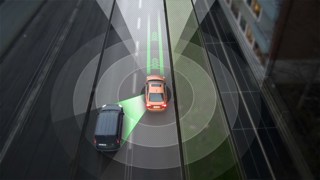

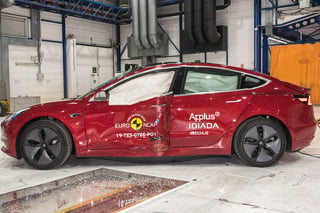
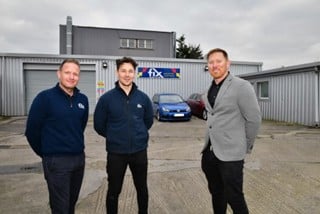
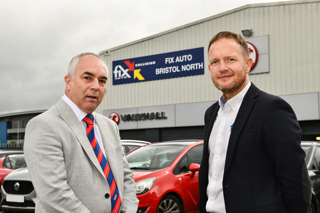



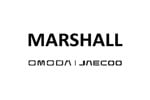
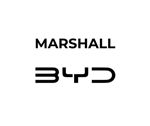







Steve Boucher - 10/12/2013 15:05
It's an interesting point raised by an organisation funded by insurers! Perhaps it is not the skillset of the technicians which, following a bad repair, could cause vital safety technology not to function properly, but the pressure from insurers to repair a car 'on-the'cheap'. Many insurers now state that they will use non-oem or 'recycled' (second-hand) parts in the repair of a car - will they take liability of any litigation following a bad repair?